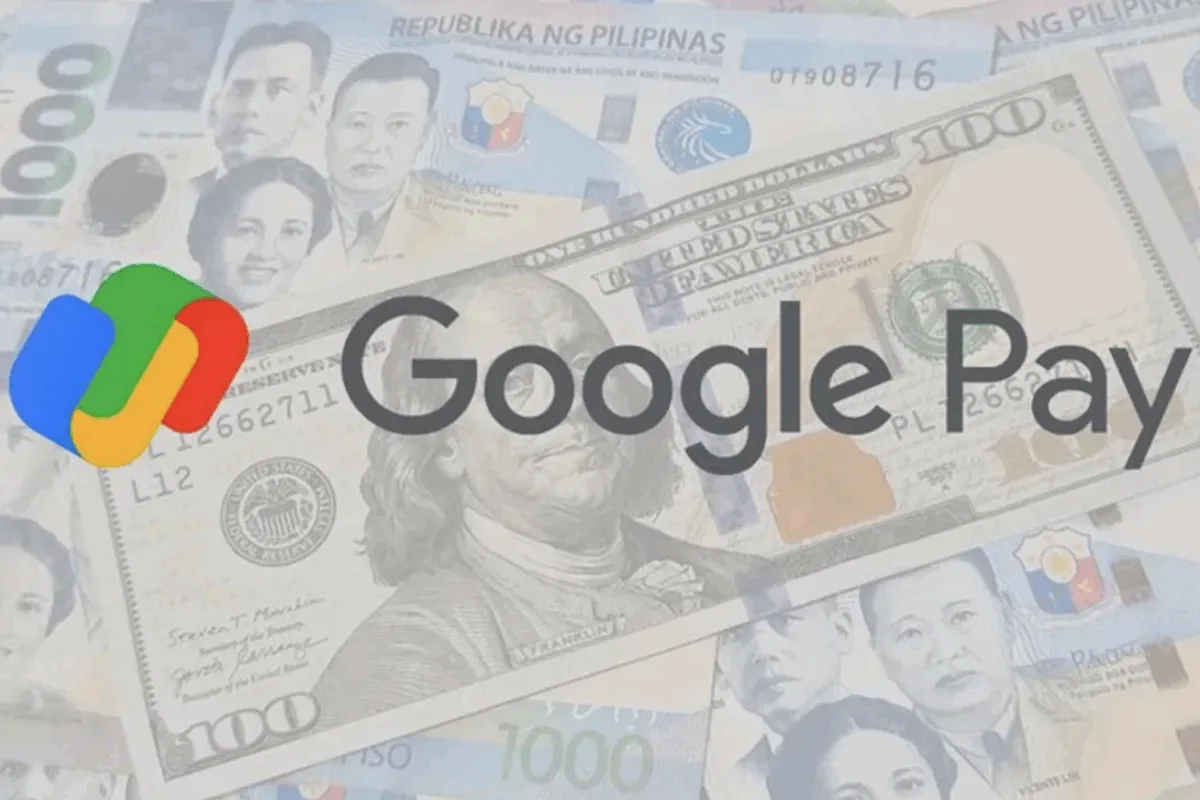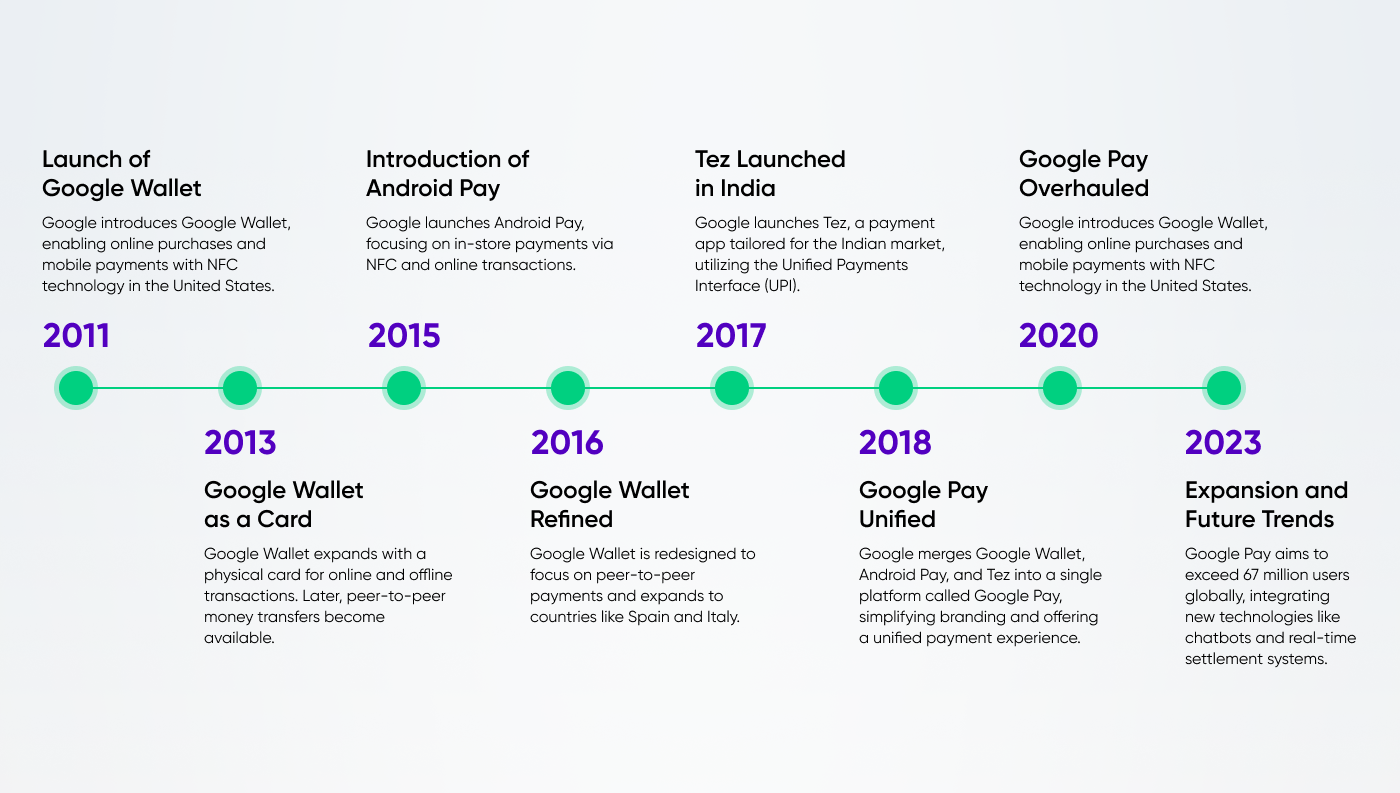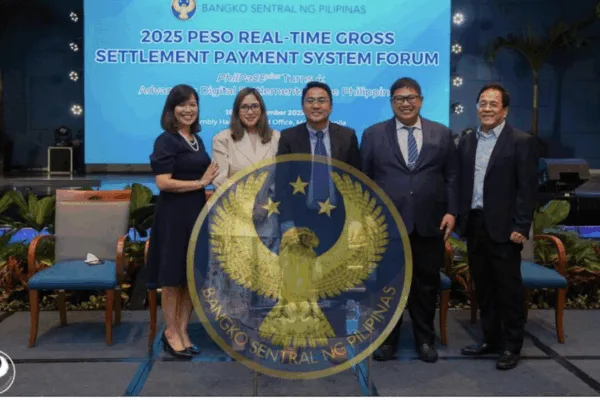The Philippines’ digital payments landscape may be approaching a pivotal upgrade. Visa Philippines Country Manager Jeffrey Navarro has shared that Google Pay is expected to launch locally before the year ends — a significant development for a market already accelerating in cashless adoption and mobile wallet usage.
Google Pay’s regional rollout and PH’s accelerated timeline
Google Pay’s global team is pushing for a broader rollout across Southeast Asia, with all 11 ASEAN markets targeted within the next 18 to 24 months.
Despite this timeline, the Philippines appears to be ahead of schedule. Visa’s leadership has indicated that the likelihood of a local launch within the year is high, fuelled by readiness across banks, merchants, and digital infrastructure operators.
The platform is already active in several Southeast Asian markets, placing the Philippines squarely in the next wave. This progression demonstrates growing market maturity and strong consumer appetite for more advanced, globally accepted digital payment options.
The expectation of an early launch also highlights the momentum of the local fintech sector, which continues to accelerate as more Filipinos shift to digital-first payments.
Regulatory and infrastructure factors enabling the launch
A key enabler for Google Pay’s entry is its classification as a Technical Service Provider under the Bangko Sentral ng Pilipinas. This designation simplifies regulatory requirements while ensuring security and compliance, making it easier for Google Pay to integrate into the local ecosystem.
To function in the Philippines, Google Pay will rely on partnerships with banks and card issuers, supported by tokenization technology that safely replaces card numbers with encrypted tokens. Visa has been guiding local banks through technical preparations to ensure seamless provisioning once Google Pay becomes available.
While the regulatory landscape is favourable, successful activation will depend on how quickly banks finalize backend upgrades and alignment with global tokenization protocols.
Consumer and merchant benefits from Google Pay adoption
For consumers, Google Pay will introduce an additional tap-to-pay option that brings global convenience to local transactions. Users can store eligible cards and eventually other essentials — such as IDs and passes — in a single digital wallet, enhancing everyday digital mobility.

Merchants stand to benefit from faster and more secure transactions, improved customer experience, and broader acceptance of contactless payments. This supports the wider shift toward modernized retail payment systems across the country.
Adoption, however, will rely on consumer awareness, merchant readiness, and competition with long-established local e-wallets. The platform’s success will depend on how well it fits into the already dynamic payment behaviours of Filipino users.
A step toward a more connected digital payments future
With the anticipated arrival of Google Pay, the Philippines is set to move closer to global digital payment standards.
Backed by Visa and supported by an increasingly strong fintech ecosystem, the launch is expected to elevate both consumer convenience and merchant capabilities — marking another milestone in the nation’s digital payments evolution.









